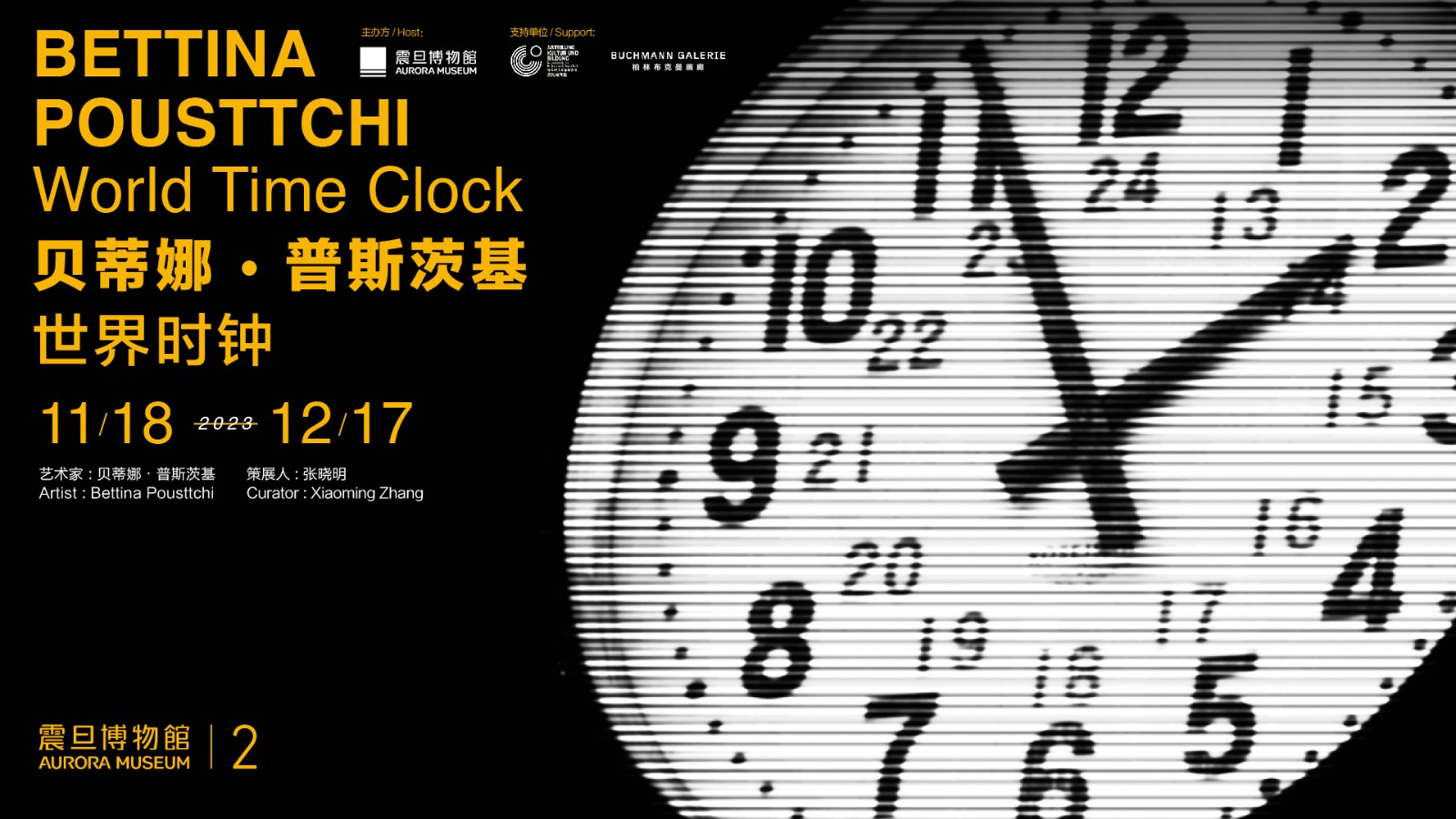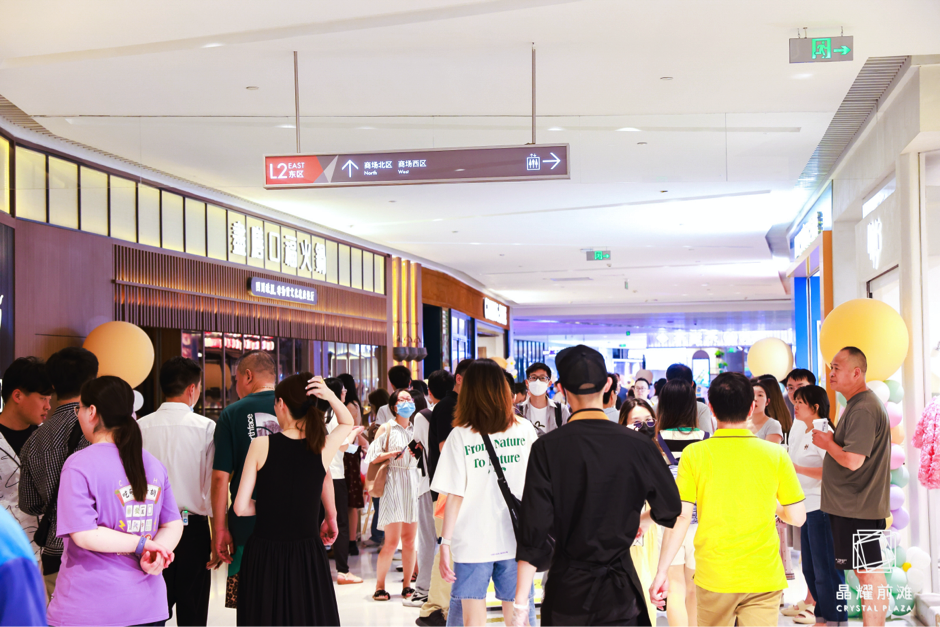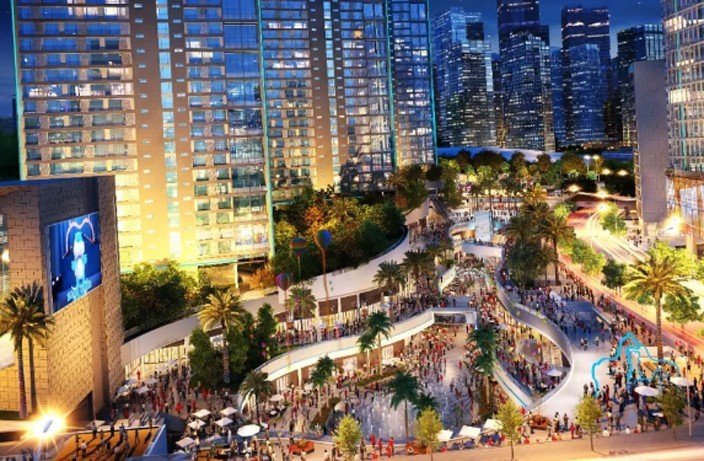Daytripper: Ancient Huangpu Village and Port
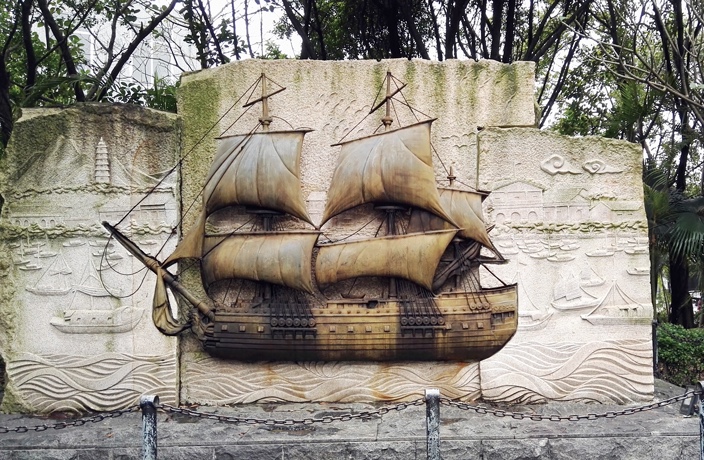
Daytripper is a regular column that aims to help people get the most out of their PRD experience by proposing fun excursions that can be made in a single day to explore the local culture and nature of the region.
“It’s 10 kuai for a bouquet,” announces a rotund, cheerful woman, as we pause to glance at a stall selling startlingly bright flowers. Jazzed up with food dyes and paints to enhance their natural colors, the floral arrangements are almost luminescent, particularly in contrast to the traditional gray-brick facade of the house situated behind them.

Forking over a blue note absent-mindedly, we’re certain that some kind of vase to hold these dried blooms can be found amid the bizarre collection of shops that inhabit the Ancient Huangpu Village and Port. This spot was once a key focal point in China’s history; one of the entranceways all foreigners had to pass through – and pay customs tariffs at – if they wanted to trade with the powerful Middle Kingdom. Today, it is a strange but entertaining mixture of kitschy shops and Lingnan architecture.
A street of ancestral halls gives way to stores selling hand-made candy and Minnie Mouse-adorned ukuleles. The somewhat dilapidated, picturesque former home of a Qing Dynasty consul rubs shoulders with a slightly less dilapidated but equally picturesque paper cutting art gallery. Head down a random alleyway and you may wander into an artist’s studio – or someone’s living room. Snack food carts and dim sum diners provide refreshment alongside Western-style cafes. If there is a method to this delightful madness, we don’t see it.
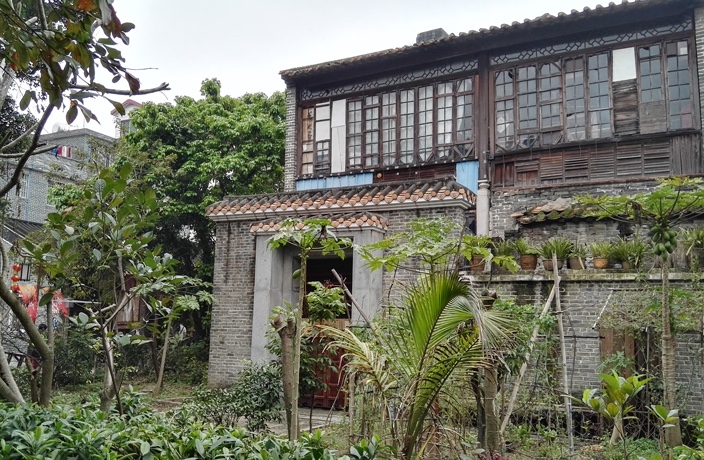
At the heart of the maze of streets and courtyards is the Yuehai First Customs Memorial, a concise but informative museum that relates Guangzhou’s history as the most important trading port in China – sans any of that opium unpleasantness. Those unfamiliar with the Canton System and the 13 Factories should take advantage of the surprisingly fluent English plaques accompanying the exhibits.
Of course, none of the buildings here date back to the Northern Song Dynasty (AD 960-1127) when the village was originally founded. In fact, we’d be surprised if any of them are even survivors from the Huangpu Port’s peak between the mid-18th and mid-19th century. Nevertheless, there is a tangible atmosphere to the place, allowing one to imagine how the area must have buzzed in its Qing Dynasty heyday.
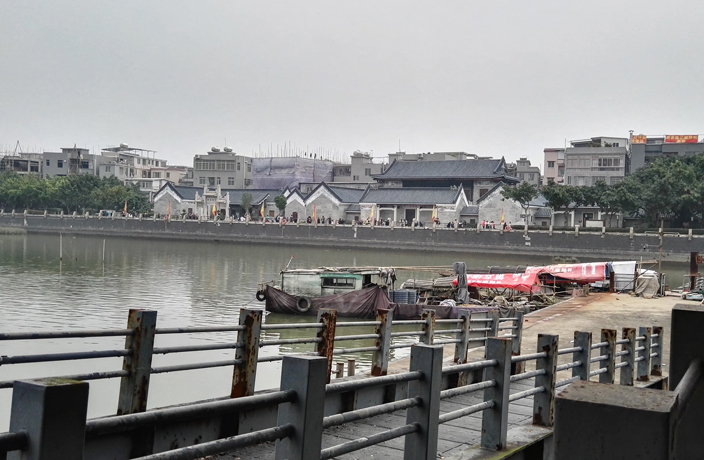
How to get there:
Ride Guangzhou Metro Line 8 to the last stop, Wanshengwei. Leave via exit C and either walk east for 20 minutes on Xingang Dong Lu or catch the open-air tourist bus that hangs about outside for RMB3. When you arrive, you will see a gateway with the characters ‘村埔黄’ (Huangpu Village) on your right. Note that the ‘ancient’ part is further in from the outer dross.
For more Daytripper click here.
Get the weekly newsletter!
Sign up to get the entertainment, lifestyle and event news from Urban Family every week!Classified Posts
News











